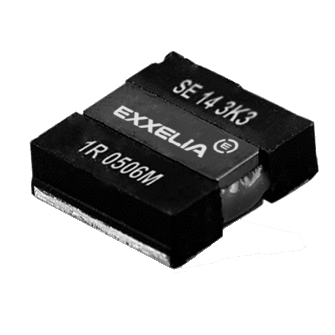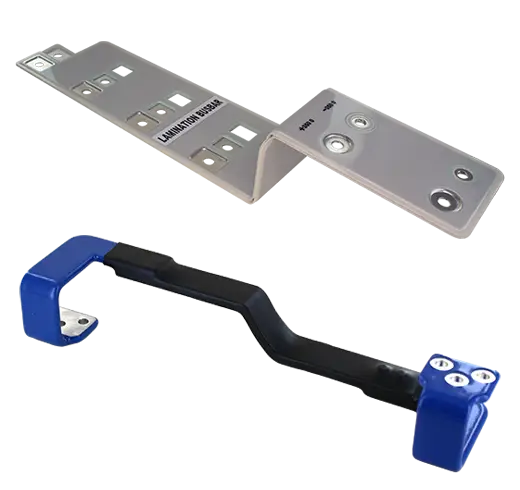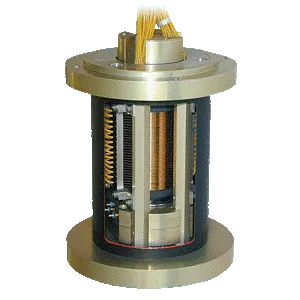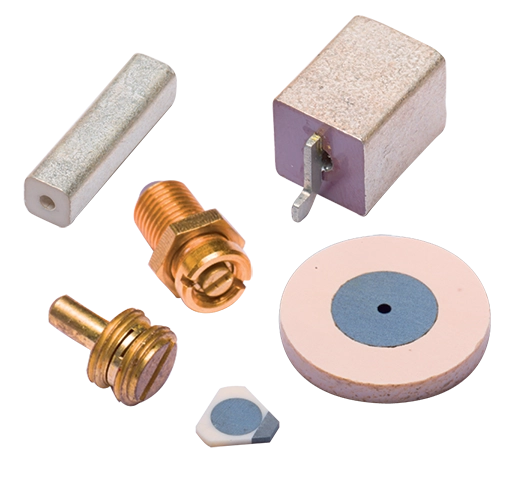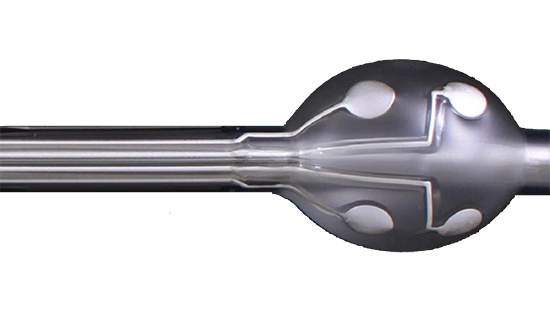

Exxelia Micropen – The Printing Technology for Medical Devices
By directly printing functional materials, devices are more reliable, less costly, and offer improved aesthetics and ergonomics. Imagine integrating sensors on your device in locations where conventional technologies could never previously address; or, delivering precise doses of drugs to target areas knowing the exact orientation and location of your device.
Endotracheal Tube
Our printing capability allows for the integration of printed sensors onto endotracheal tubes for sensing temperature, nerve monitoring and patient monitoring. The result is a “smart tube.”
Electrosurgical Devices
Traditional subtractive printing technologies create precious metal (gold, silver, platinum) waste which adds to product cost. Our additive printing capability eliminates precious metal (gold, silver, platinum) waste.

Balloon Catheters
Conformal printing is a competitive advantage of Exxelia Micropen. Substrates may be hard, soft, or 3-D. Materials ranging in viscosity from 5 to 500,000 centipoise can be printed on the outside or the inside of a substrate. Printing characteristics include the ability to dispense linewidths down to 50microns and line spacing to 25microns with very low profiles.
Ablation
Printed ablation features can be applied to deliver energy to a precise location. The same principles are utilized in cryo-ablation medical device printing.
Visualization
Surgical safety is growing in importance in minimally invasive surgeries. Printing a radiopaque marker provides designers with greater flexibility than traditional placement of markers.
Designers can choose from conductive, dielectric, adhesive, and radiopaque inks to create functional elements designed to meet the application requirements.
Related Product
50+
Years
Of combined Micropen processing & materials experience
RoHS
compliant versions
40+ years
experience
in electronic printing


